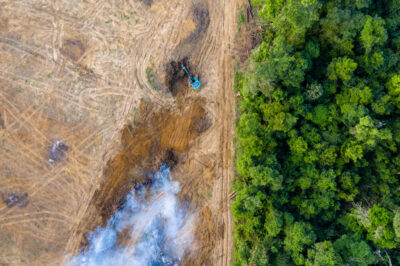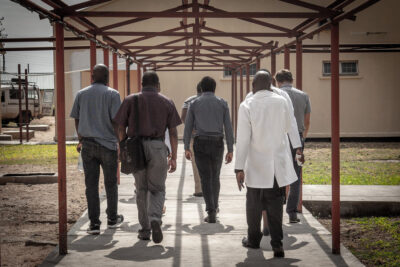Main content
Introduction
In an earlier contact with Frank Terwindt, I offered some reflections on his book and started by stating that while some of my comments might seem critical in nature, in no way should these be taken as negative or condescending. I profoundly admire his initiative to summarize his career and all that he has experienced during his work as public health consultant. We need books and “feedback” like this; why are these so scarce?
The book is well written, and I had no problem reading it twice to fully absorb and digest the contents and to be able to give feedback that, it should be mentioned, will be through the eyes of a clinician, be it with 30 years’ experience of working in Africa and other areas, but with limited exposure to public health and emergency aid.
In general, given the wide range of missions to many countries in Africa and Asia, plotting the dates of visits on the maps could have been useful to understand developments and issues over time.
Issues on the colonial past – a nuanced opinion is needed
What struck me most is the long account of missions that proved to be challenging and did not result in a satisfactory outcome, at least not in the long run. There are only a few success stories. Having said that, perhaps that summarizes the complexity of developmental collaboration. I do not think one can generalize this in stating that we, as developed countries, are exploiting our wealth to maintain our privileged position and that we should prioritize decolonization. This does not do credit to all who have committed themselves to the wellbeing of those living in low-resource settings for many years, driven by altruistic motivation. Here, support on a smaller scale may be more effective than larger scale support (read: governmental). In addition, developmental collaboration has been and should be driven by mutual respect and focused bilateral collaboration seems to work best.
Indeed, not all that is wrong can be attributed to the colonial past. There are many examples of successful collaboration, certainly in the field of curative and preventive medicine, and many young individuals from the Global South have successfully been able to become senior specialists, researchers, policy makers and professors, being role models for their own younger generation. The current position of the Dutch government on developmental collaboration is reprehensible and short sighted; it breaks with a long-standing tradition of providing support in collaboration with partners in low- and middle-income countries (LMICs), based on solidarity and humanitarian principles. Education was among the issues that received support, and this provided, for example, an important and essential impulse to the success story in the development and maturation of the College of Medicine in Malawi, at the time the only public medical school in the country.
Not all LMICs are performing poorly; Namibia, Botswana, Zambia are examples in Africa of countries that are doing well with stable governments and responsible use of their natural resources. Similar examples can be found in Asia. Good governance is key and access to education is the basis of success with an open view on international collaboration for mutual benefit.
Issues for reflection
It is regrettable that Frank Terwindt made no reference to the transfer of knowledge, sharing of experiences, and training of the younger generation; what lessons can the new generation of public health consultants learn from the book other than that developmental collaboration is fraught with difficulties and frustration?
I would also have liked to see a reference to One Health, especially in the context of climate change. In addition, regarding the shortage of essential medicines, I would have liked to see more about access, including generic medicines that could be made available through the WHO prequalified medicines mechanism. And, is research not an essential component of developing new ideas and vision for the future? More attention to the curative aspect of health care would have been useful, such as a critical appraisal of 1st,2nd and 3rd line health care; do we need more medical assistants, clinical officers, medical officers, or more specialists? What about Family Medicine?
If possible, there is nothing wrong with involving Dutch companies (this is now the philosophy of the NL government regarding developmental collaboration), but only if appropriate; this would only cover a fraction of the need. Sometimes you just need seed money for humanitarian support to help those affected and to get to the next, more stable, phase with structural support. Education and training are mostly provided by public institutions. Here, one also understands the barriers that Frank Terwindt has described in the predominantly horizontal approach; it would have been good to address the successes of vertical approaches such as in hiv/aids and tuberculosis. Of course, these approaches compete for staff and resources, but without UNAIDS (in fact a big vertical program), combating hiv/aids would not have been so successful in a relatively short period of time. Also here, the author could have added his vision for the future.
Conclusion
Notwithstanding the above, Frank Terwindt provides a major and important contribution to the debate on developmental collaboration and his experience is invaluable. Hopefully, this will inspire the younger generation and perhaps most of all, convince the NL government that they are on the wrong track and acting against the spirit of most of the Dutch public for whom compassion for those living in less favourable circumstances is a way of life.



















































